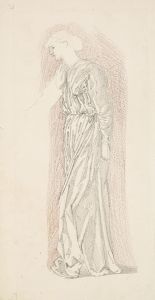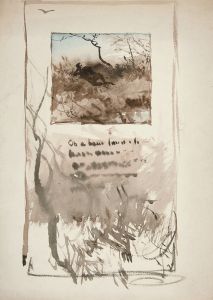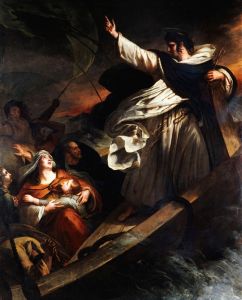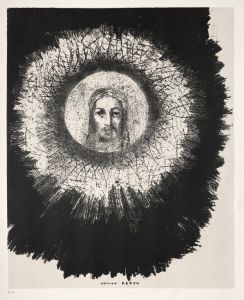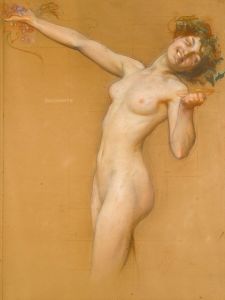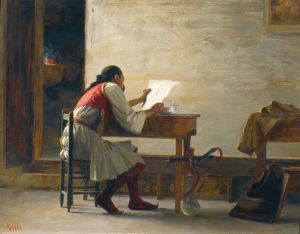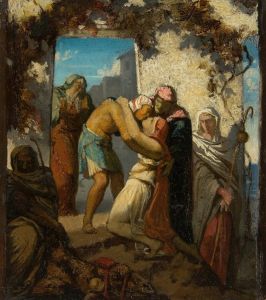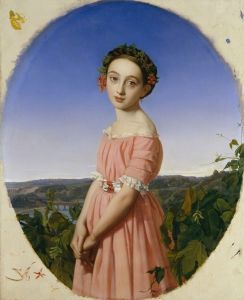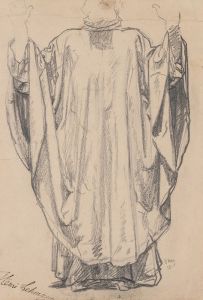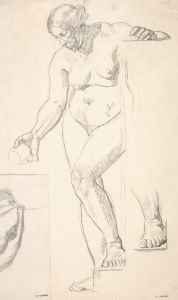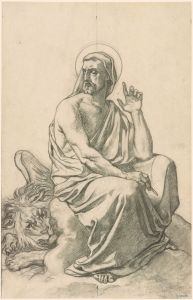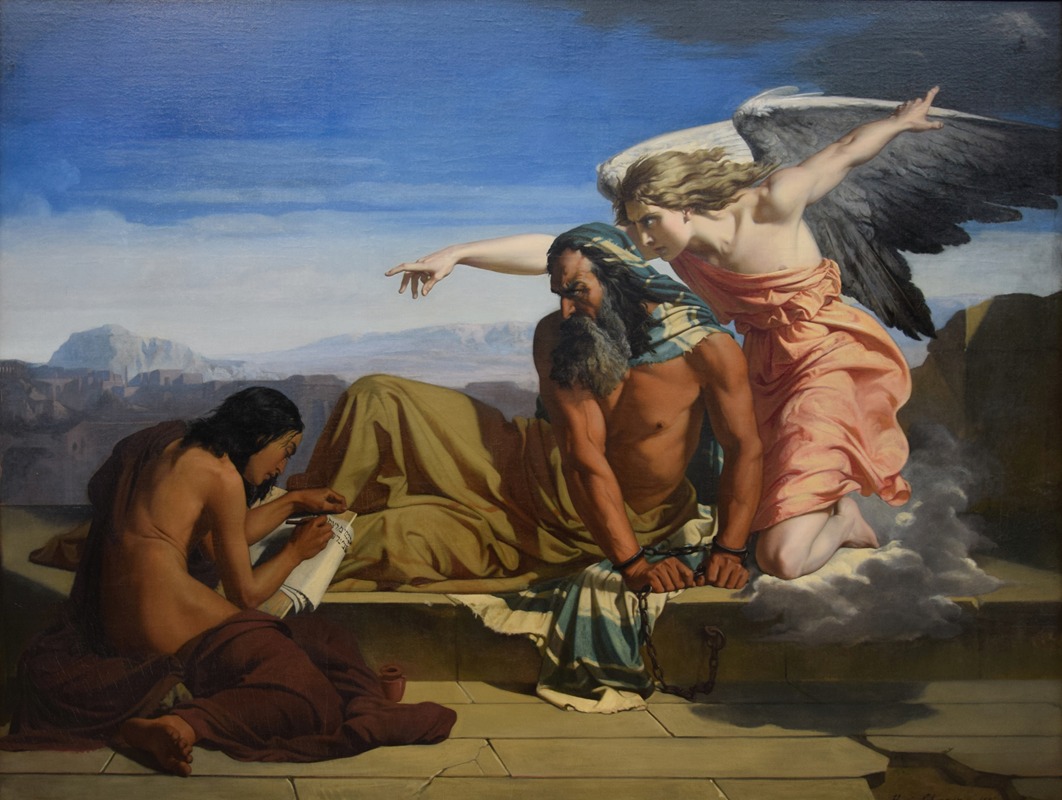
Jeremie prohete dictant ses propheties
A hand-painted replica of Henri Lehmann’s masterpiece Jeremie prohete dictant ses propheties, meticulously crafted by professional artists to capture the true essence of the original. Each piece is created with museum-quality canvas and rare mineral pigments, carefully painted by experienced artists with delicate brushstrokes and rich, layered colors to perfectly recreate the texture of the original artwork. Unlike machine-printed reproductions, this hand-painted version brings the painting to life, infused with the artist’s emotions and skill in every stroke. Whether for personal collection or home decoration, it instantly elevates the artistic atmosphere of any space.
Henri Lehmann's painting "Jeremie Prophète dictant ses prophéties" is a notable work by the 19th-century French artist, who was known for his contributions to religious and historical painting. Lehmann, born in 1814 in Kiel, Germany, moved to Paris and became a prominent figure in the French art scene. He was a student of Jean-Auguste-Dominique Ingres, a leading Neoclassical painter, and Lehmann's works often reflect the influence of his mentor's style and thematic preferences.
"Jeremie Prophète dictant ses prophéties" translates to "Jeremiah the Prophet Dictating His Prophecies." The painting depicts the biblical figure Jeremiah, one of the major prophets in the Hebrew Bible, known for his prophecies concerning the destruction of Jerusalem and the subsequent Babylonian exile. Jeremiah's life and messages are chronicled in the Book of Jeremiah, which is part of the Old Testament.
In Lehmann's portrayal, Jeremiah is shown in the act of dictating his prophecies, a scene that emphasizes the transmission of divine messages through human intermediaries. The painting captures the solemn and contemplative nature of the prophet, who is often depicted in art as a figure of deep introspection and sorrow, reflecting the themes of lamentation and warning present in his biblical writings.
Lehmann's technique in this painting, as in many of his works, is characterized by meticulous attention to detail and a clear, precise rendering of figures. His use of color and light often serves to highlight the emotional and spiritual intensity of the scene. The composition likely reflects the influence of Ingres, particularly in its classical balance and the idealized portrayal of the human form.
The painting fits within the broader context of 19th-century European art, which saw a resurgence of interest in religious and historical themes. This period was marked by a tension between traditional academic art and emerging modernist movements. Artists like Lehmann, who adhered to classical techniques and subjects, played a significant role in maintaining the continuity of academic traditions during a time of significant artistic change.
Lehmann's work was well-regarded in his time, and he received numerous commissions for religious and historical paintings. He was also a respected teacher, influencing a generation of artists through his role as a professor at the École des Beaux-Arts in Paris. His contributions to the art world were recognized with several honors, including membership in the prestigious Académie des Beaux-Arts.
While specific details about the provenance and current location of "Jeremie Prophète dictant ses prophéties" are not widely documented, Lehmann's works are held in various collections, including museums and galleries in France and beyond. His paintings continue to be studied for their technical excellence and their embodiment of 19th-century academic art principles.
In summary, "Jeremie Prophète dictant ses prophéties" is a testament to Henri Lehmann's skill as a painter and his ability to convey profound religious themes through his art. The painting remains a significant example of 19th-century religious painting, reflecting both the artist's personal style and the broader artistic trends of his time.





